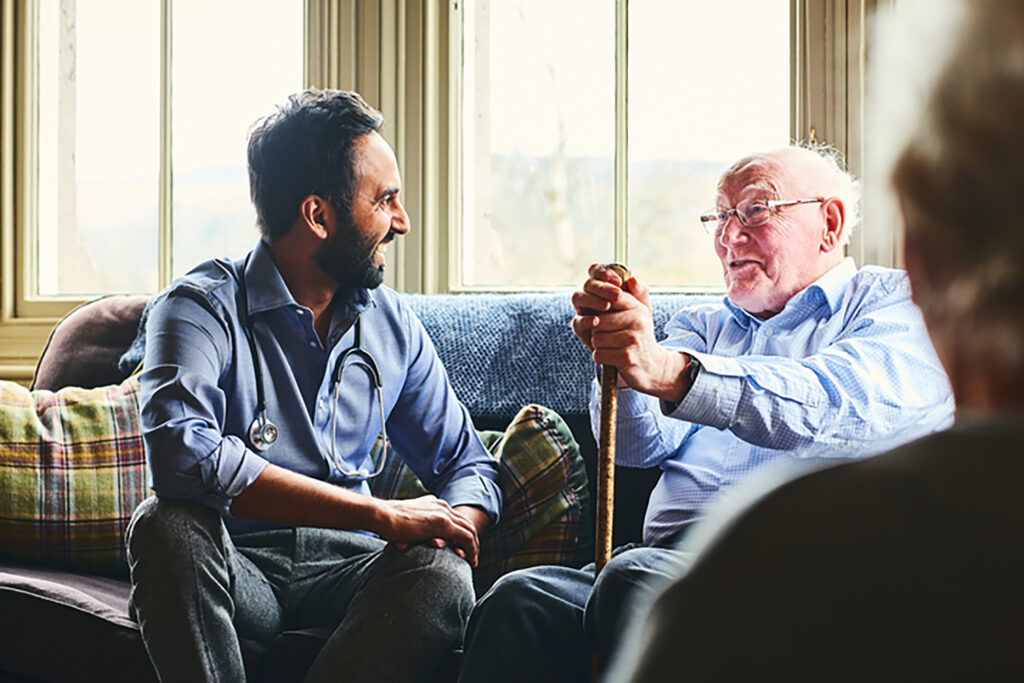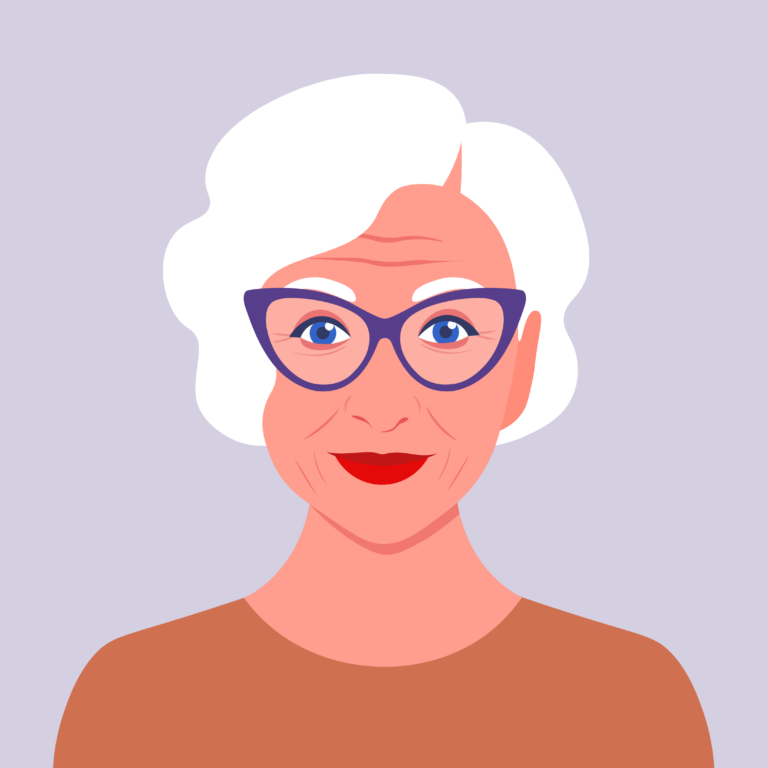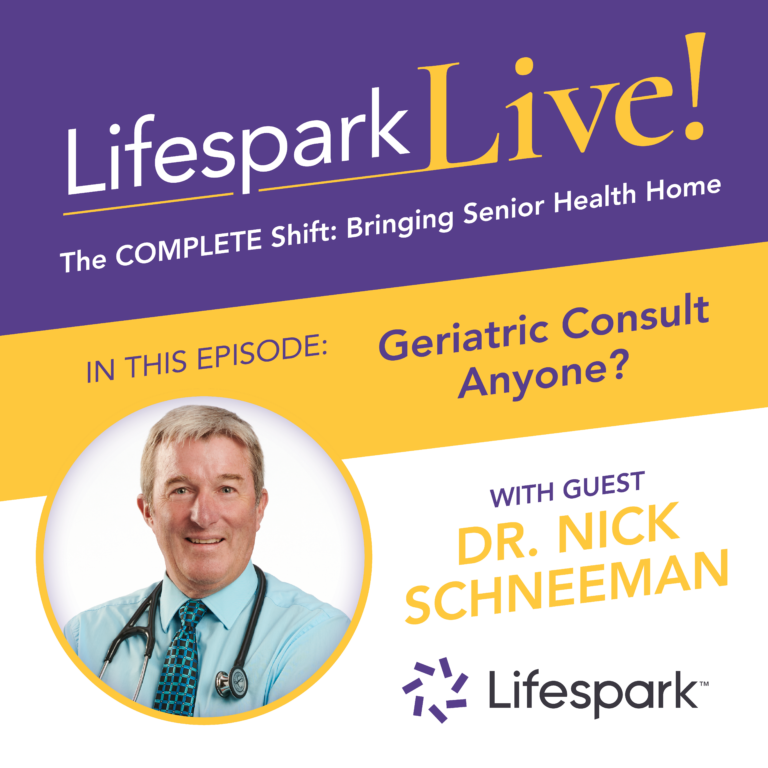Want more on this topic?
Check out these posts:
This size screen isn't yet supported. We're working on that.
An eNewsletter for Aging Magnificently — VOLUME 2
At Lifespark we’re all about helping you stay healthy at home, navigating your health options with confidence, and living a fuller, more independent life. That’s what The A.M. Post is all about, too. Read on — we hope you enjoy!
“30 years ago, primary care physicians were given the time to get to know their clients, build long-term, trusted relationships with them, and follow them from clinic to hospital to rehab. That model of care doesn’t exist any longer”, says Dr. Ben Bache-Wiig, MD. Many of the tasks that health care professionals could do for their older clients are defined by reimbursement and constrained by short timeframes and limited episodes of care.
For seniors, simply treating the symptoms that present in a 20-minute physician visit isn’t always the right thing to do. Focusing on one particular issue can exacerbate – or even create – another problem. Physicians who specialize in the needs of aging bodies understand that the way medicines act and interact in an 80-year-old can be very different than the way drugs function in a body that’s twenty to forty years younger.
Overall health in people shifts with age, due to slowing cellular regeneration. This makes the risks of drug interactions amidst chronic conditions and the potential for contracting illnesses due to immune system changes higher.* Which is why geriatric expertise is so important for older adults.
Speaking as a former pediatrician, Dr. Bill Thomas, world-renowned geriatrician, and Lifespark Independence Officer, says that while we’re perfectly comfortable evaluating children’s development based on their age, that gets lost in adulthood. “We’d never apply the same standards to a two-year-old as to a 20-something, but now you’ve got someone who’s 90, feeling badly because they can’t do the things they could do at 70.”
Dr. Nick Schneeman, Chief Medical Officer of Lifespark, says, ”Older adults have different needs compared to younger adults. For example, they likely have a higher number of preexisting conditions that must be addressed and managed from the very first visit to their geriatric primary care physicians. Seniors will also likely need more help coordinating with specialists for their specific conditions, and with medication management of multiple prescriptions.”
People who work with seniors have a direct influence on how someone lives and whether that life is filled with sickness or magnificence. “Caring for seniors is very different from any other specialty; it requires three things: head, hands, and heart,” says Thomas. Geriatric care uses a holistic approach, focusing on the whole individual when providing support. This means that doctors in this field hold high regard for caring for a person’s physical, mental, and emotional health, as opposed to just helping the individual with physical ailments.
“As doctors, we are trained to believe that concentrating on a person’s medical history, diagnoses, and treatments is what matters,” Thomas said. “But the truth is, what matters most is defined by the person, not by their doctor.” Quality medical care is important but it’s just one essential element of well-being. Seniors want to be seen for who they are – not their diagnosis, their condition, or their limitations. And most older people want to live, not simply exist.
*https://www.who.int/news-room/fact-sheets/detail/ageing-and-health

Check out these posts:
Age is beauty and aging brings change – interesting posts from around the internet
“I’m too young to be old and too old to be young. I just don’t fit anywhere.”

Dear Ethel, When I see my doctor, the visits last just a few minutes. I have questions that we often don’t have time to get to. What should I do?
— Medically Misaligned
A:
There are a few things that might help to make that time the most it can be…

The average Primary Care Provider appointment time length is 17.4 but the talk time between patient and doctor averages 5.3 minutes.
VERSUS
The average Lifespark COMPLETE Provider visit is 60 minutes. With an average of 60 minutes one-on-one talk time between doctor and patient – in the patient’s home.
From Millennials through Gen Alpha (and the generations that follow), social media has been a major part of their world. Even though it sometimes seems like an alien universe to those of us who came before the internet was born, it’s really all about connecting with others. In the fast-moving modern world, it can feel difficult to build face-to-face relationships. Social media gives people a chance to forge those connections in a new way. Here’s a little bit about some of the most used social media platforms.
Facebook – One of the longest running social media sites still in use today and one of most popular. It’s a good way to keep up with family and old friends and even though the largest age group using the platform tends to be older than your grandkids’ age, many in the younger generations are still on there.
YouTube – User generated videos drive the content on this platform, and you can find almost anything you might want to watch: how-to videos, cooking demonstrations, personal documentaries, even old television shows and movies. If you’ve been missing a program or songs from your younger days, odds are they’re available on YouTube in some form or another.
Instagram – Think of this visual platform as an online scrapbook. Users upload photos and videos or fun pictures from outings, for friends and family to “like” and leave comments. Instagram has become as much a part of social events as the experiences themselves.
Tik Tok – This popular platform runs on user generated videos. From dancing to cooking to animal videos, the site has launched a plethora of trends in the past five years.
X (formerly known as Twitter) and Threads – These platforms were created to generate conversations and allow users to share their thoughts online. Many view these sites as an opportunity to share observations and pose questions to followers.
In Person connections may still be the most satisfying, and that may be something you can teach younger generations. Or maybe you can share the best parts of both connection styles with each other. As they say, if you can’t beat ‘em – join ‘em. And then you’ll both learn something new. #Agemagnificently
Bonnie and Bill are getting health support on their terms! Bill was going to the emergency room regularly with his health problems – the wait times were long and there was no support for Bonnie. They decided that they wanted to get their medical care in a more personal, proactive way.